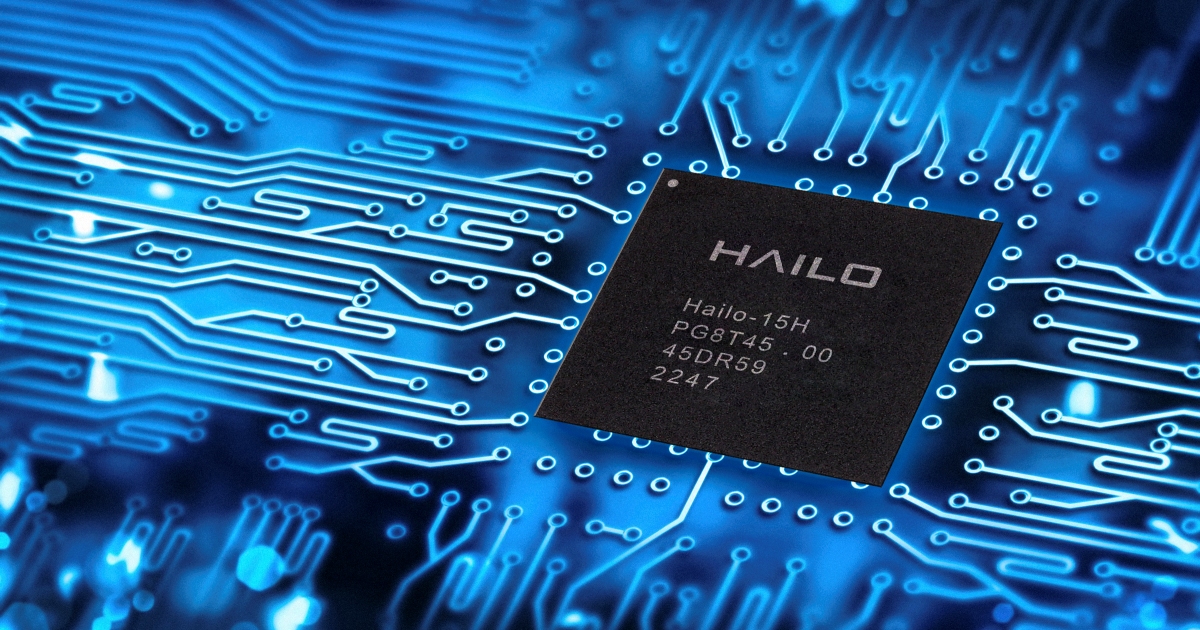
Let’s talk about Intelligent Ultrasound, its new NeedleTrainer technology, and why all of this is so important.
The vision of Intelligent Ultrasound is clear: Make ultrasound accessible to all medical professionals. (More specifically, make clinical diagnostic ultrasound much easier to learn and much simpler to use.) Intelligent Ultrasound provides clinicians with real-time support with what has been described as “world-class, high-fidelity simulators” to for classroom training, as well as “state-of-the-art AI image analysis software” to support and guide professionals in clinic environments. This classroom-to-clinic approach reflects the company’s belief that by sagely supporting, guiding and speeding up ultrasound scanning, accessibility to all medical professionals becomes attainable.
In the vein of accessibility and adequate training – both of which are key for medical practitioners – one would be remiss if it wasn’t acknowledged how stressful navigating real-world medical environments can be, even if both of the aforementioned are supplied. Real patients and real stakes demand safe and thorough care and attention. So, to provide training that is more than simply adequate when it comes to performing precise surgical procedures, Intelligent Ultrasound has developed a new solution:
NeedleTrainer.
NeedleTrainer is an AI-powered, ultrasound-guided needling teaching tool that combines the power of the Hailo-8 edge AI processor with medical imaging technology. This, for instance, can help anesthesiologist master their discipline and provide the best-possible care to patients in need.
(Editorial note: I’m an outsider when it comes to the complete nuance of this industry, but I still believe all of this to be incredibly important. Last month, I underwent reconstructive surgery to repair a severely broken collarbone; of course, an anesthesiologist was not only present as I went under, but I also spoke with her at length prior to the operation itself. For anesthesiologists, there is 1.) zero room for error, and 2.) the fact that they’re often the last person a patient remembers seeing before surgery begins – such was the case for my own. It is imperative for any medical professional to be trained, again, more than just adequately; that can put a lot of pressure on everyone from first-time students to full-fledged, long-time professionals. Thus, to lessen the pressure, Intelligent Ultrasound’s scientists developed this new NeedleTrainer tool.)
The long-story-short of it: NeedleTrainer teaches ultrasound-guided needling safely and effectively, using retractable non-invasive needle insertion and virtual images during real-time scanning on a real subject. The solution presents AI overlays on the live ultrasound images to help teach the needling techniques used to deliver regional anesthesia. The tool has become vital for medical organizations and schools to maintain the industry’s workforce and enhance the safety of training.
It's also important to note how regional anesthesia, in particular, is a type of ultrasound-guided needling used to deposit local anesthetic around a nerve. Once in place, the local anesthetic lasts for many hours, allowing effective post-operative pain relief with few of the drawbacks of opiates. NeedleTrainer’s real-time AI overlays help trainees identify the key anatomical features necessary to carry out regional anesthesia, providing AI support for commonly performed, high-value regional anesthesia procedures.
Lastly, the Hailo-8 edge AI processor. (This was previously noted, but it deserves more context here.) Like with any swing at innovation, Intelligent Ultrasound encountered an issue a while back; the first AI processor utilized for NeedleTrainer had unfortunately been discontinued by its manufacturer. So, the company tested every available alternative to find a replacement that would guarantee the class-leading performance necessary for real-world, hyper-realistic training on medically sensitive tasks. Through its research, Intelligent Ultrasound deemed the Hailo-8 edge AI processor the best fit, in terms of its higher compute power than the original processor. The Hailo-8 edge is known for being able to run larger and more complex neural network models (not to mention its reliability and low latency for immediate, uninterrupted responses to visual feedback, which is crucial for delicate hand-eye coordination).
The even longer-story-shorter of it, if you will?
I’ll word this casually, but it fits: Technology today is wild, and it is currently the worst it’ll ever get. That means more room for learning, for innovation, and for life-saving measures fueled by thorough and up-to-date training for professionals.
“NeedleTrainer is a major confidence booster and has completely transformed the way we teach ultrasound guided needling, or UGRA, and peripheral nerve blocks,” said Dr. Melissa Fitch, Program Director at the University of Evansville, Indiana.
Commenting further, Avi Baum, Hailo’s CTO, said “The innovations introduced by companies like Intelligent Ultrasound combined with the power of Hailo’s leading edge AI processors, create novel devices, new opportunities and unprecedented levels of performance. AI has enormous potential to reinvent medical imaging by delivering unprecedented accuracy and enhancing the expertise of medical personnel.”
For more information about the Hailo-8 edge AI processor and how else it can be strategically applied, click here.
Edited by
Greg Tavarez